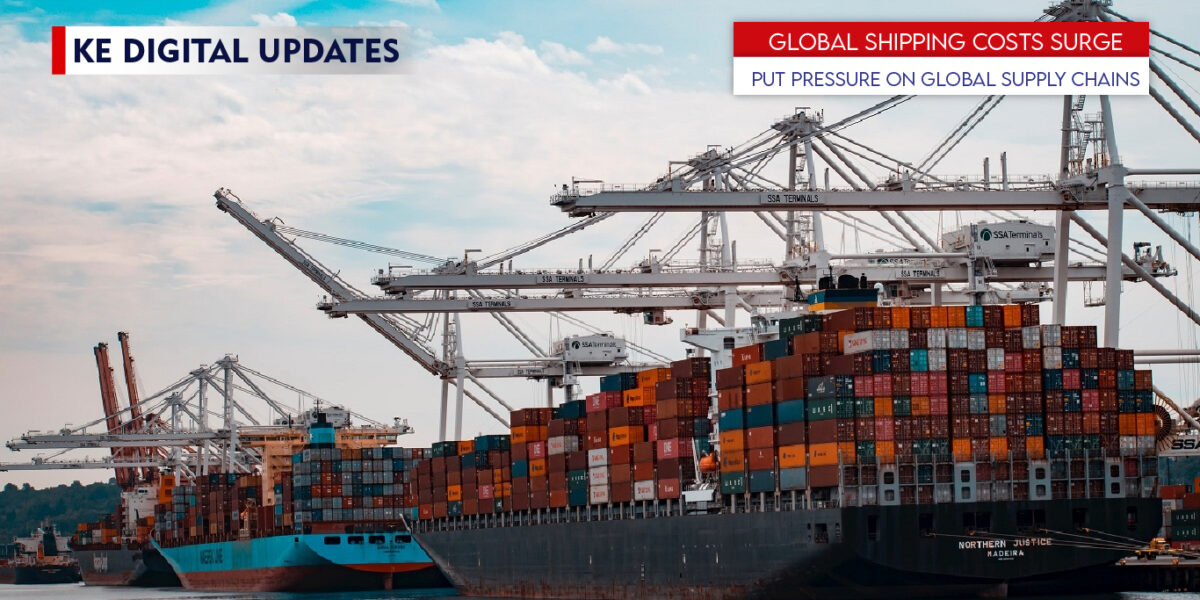Published on Oct 31, 2024
In 2024, the global shipping industry has faced unprecedented challenges, leading to a significant surge in shipping costs. This surge has put immense pressure on global supply chains, affecting economies worldwide.
Causes of the Surge
Several factors have contributed to the skyrocketing shipping rates:
- Port Congestion: Major ports around the world have experienced severe congestion. This has been due to increased trade volumes and inefficiencies in port operations. Ships have had to wait longer to dock and unload, causing delays and increasing costs.
- Route Interruptions: Key maritime routes, such as the Panama and Suez Canal, have faced significant disruptions. Various factors, including geopolitical tensions, climate-induced low water levels, and regional conflicts, have caused these interruptions.
- Increased Operating Costs: Operating ships have risen due to higher fuel prices and increased insurance premiums. For example, diversifying cargo around the Cape of Good Hope has led to higher fuel consumption and insurance costs.
Impact on Seaborne Trade
Despite these challenges, seaborne trade saw a modest increase of 2.4% in 2023. However, the growth prospects for the industry remain uncertain. The disruptions in major routes have led to delays and increased costs, affecting the overall efficiency of global trade.
Challenges in Major Routes
The Panama and Suez Canal, critical arteries for global trade, have faced significant challenges. Low water levels have affected the Panama Canal, while the Suez Canal has experienced disruptions due to regional conflicts. These issues have forced ships to take longer routes, such as around the Cape of Good Hope, further increasing costs and delays.
Pressure on Key Port Hubs
Key port hubs, including Singapore, have faced increased pressure due to changing ship routes. The rerouting of ships has led to congestion and delays at these ports, exacerbating the challenges faced by the global shipping industry.
Need for Urgent Measures
The United Nations Conference on Trade and Development (UNCTAD) has highlighted the need for urgent measures to stabilize freight markets. These measures include:
- Monitoring Trends: Keeping a close watch on shipping trends to anticipate and mitigate potential disruptions.
- Enhancing International Cooperation: Strengthening cooperation between countries to ensure smoother operations and reduce bottlenecks.
- Modernizing Ports: Investing in port infrastructure to improve efficiency and handle increased trade volumes.
- Diversifying Routes: Exploring alternative shipping routes to reduce dependency on major chokepoints like the Panama and Suez Canal.
Conclusion: The surge in global shipping costs has highlighted the vulnerabilities in the global supply chain. Addressing these challenges requires coordinated efforts and investments in infrastructure and technology. By taking proactive measures, the global community can work towards stabilizing the freight markets and ensuring the smooth flow of goods worldwide.


